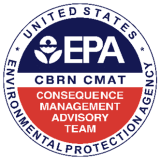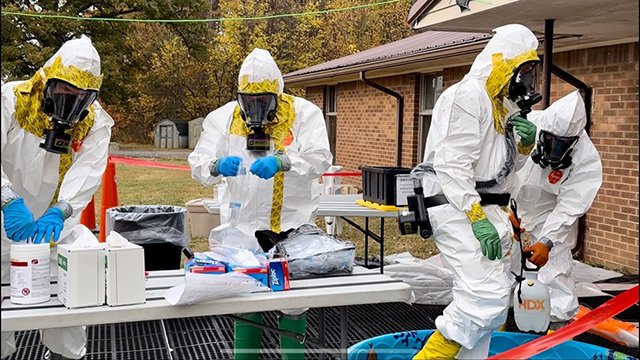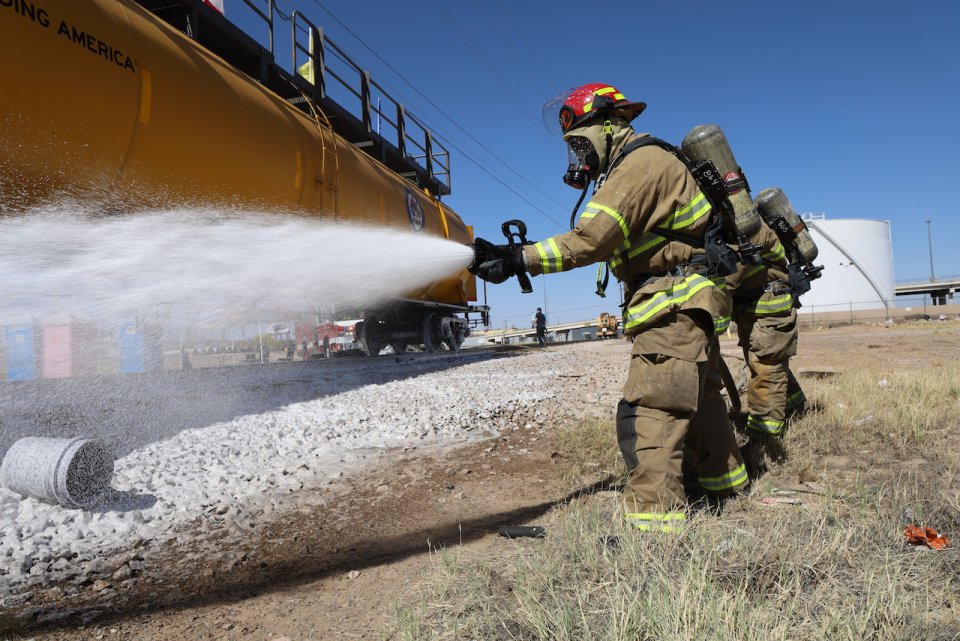CBRN Consequence Management Advisory Team

The Chemical, Biological, Radiological and Nuclear (CBRN) Consequence Management Advisory Team (CMAT) serves as EPA’s national Special Team providing leadership, expertise, and response capabilities for CBRN incidents.
Mission: CBRN CMAT’s mission is to prepare and support the emergency response community 24/7/365 during CBRN, homeland security, and all-hazard events. CBRN CMAT provides science-based solutions and response services during all phases of consequence management by deploying both personnel and assets.
Need CBRN CMAT Support?
CBRN CMAT 24/7 Phone Duty Officer
CMAT@epa.gov
(202) 250-8770
EPA 24/7 Emergency Operations Center
Email: EOC.EPAHQ@epa.gov
(202) 564-3850




